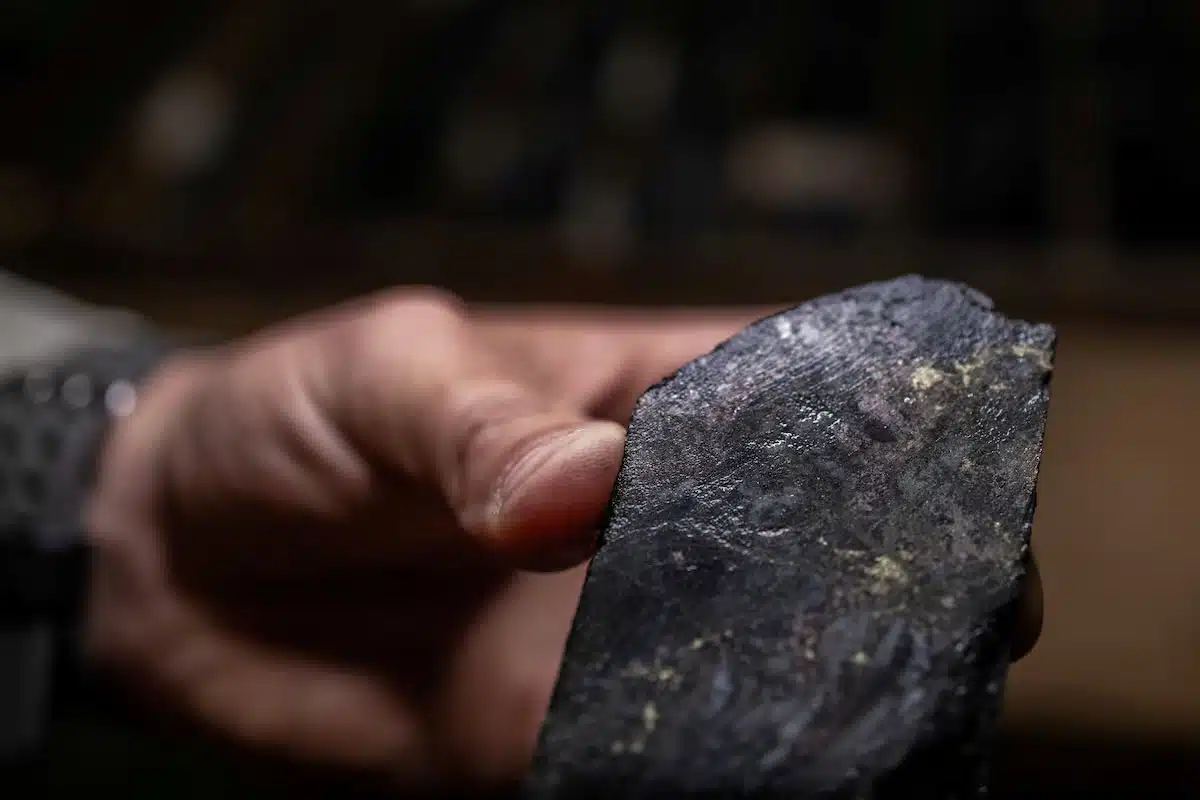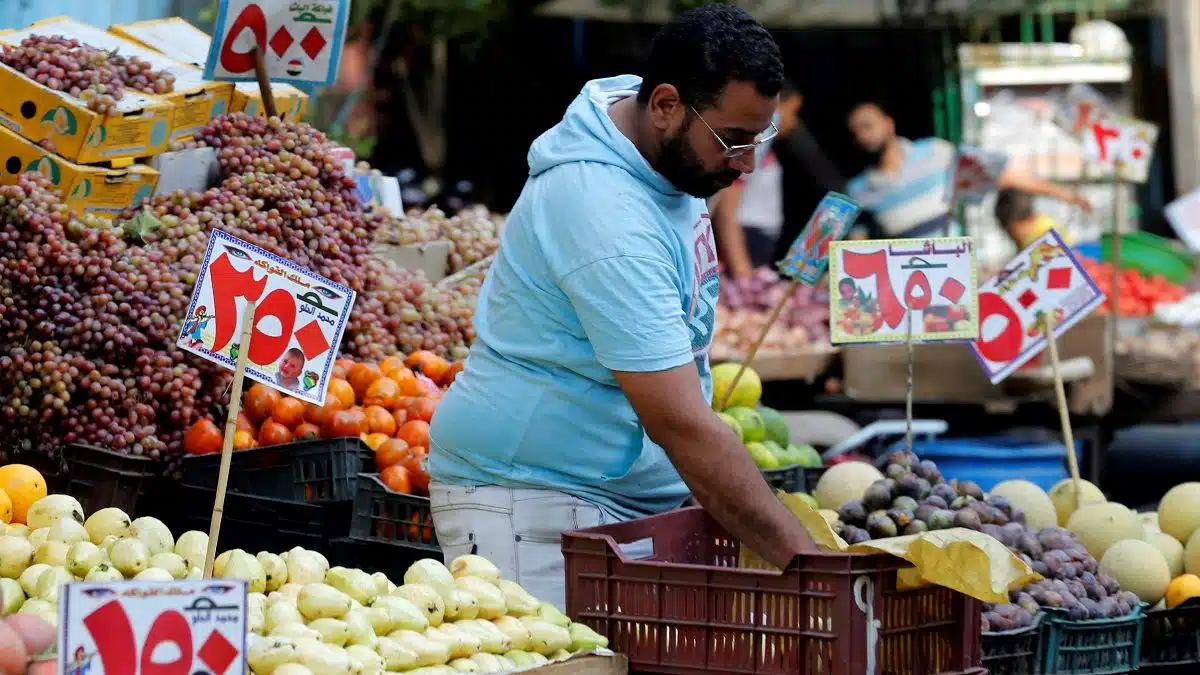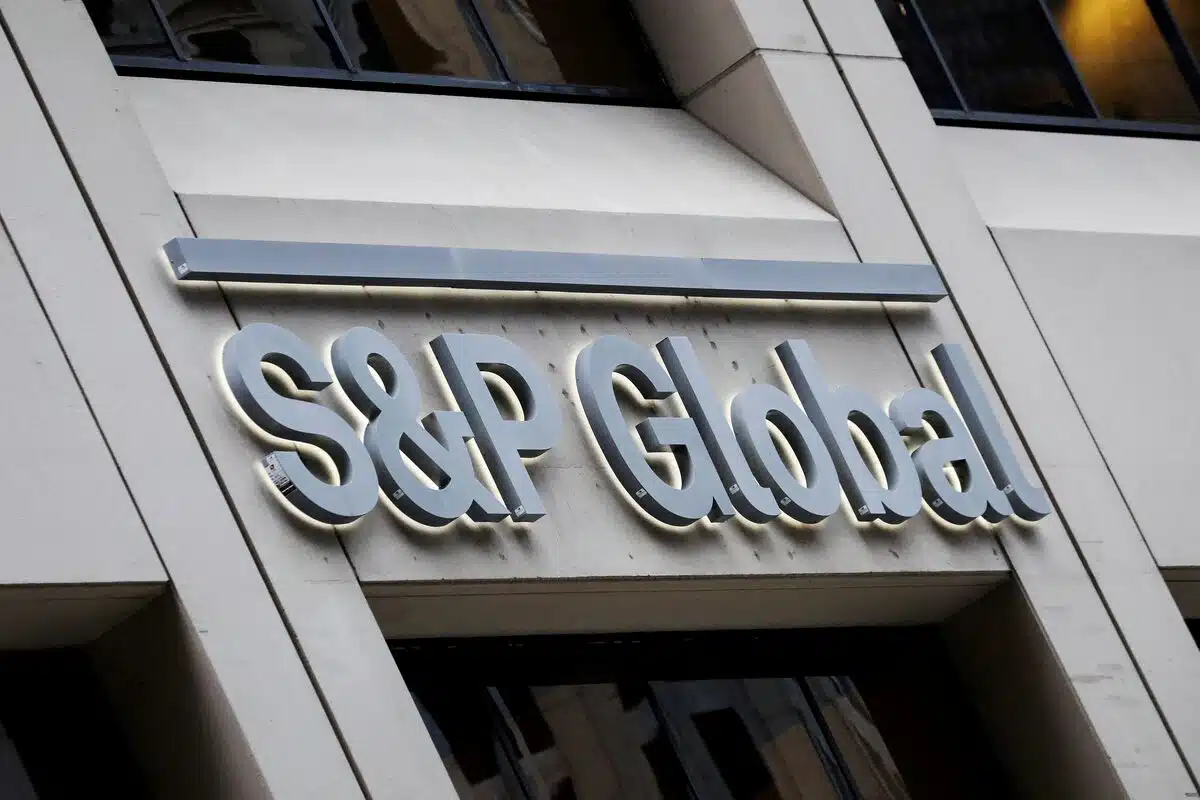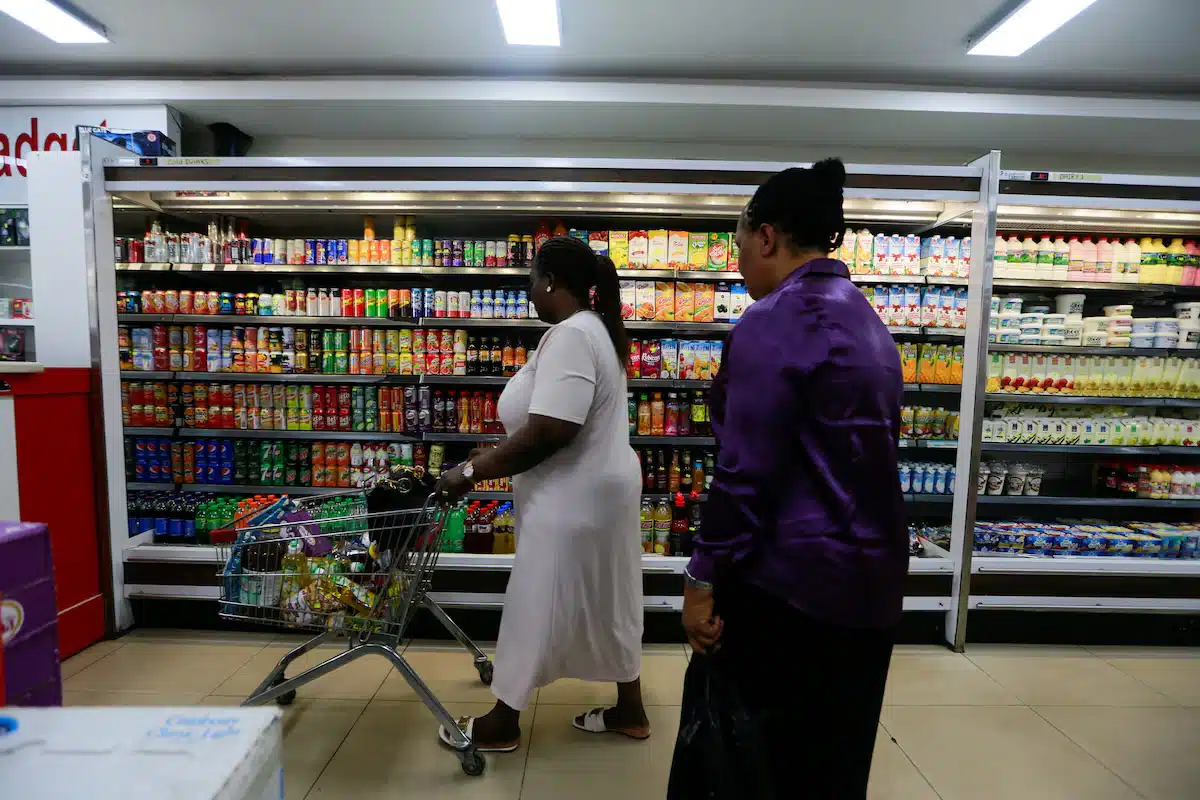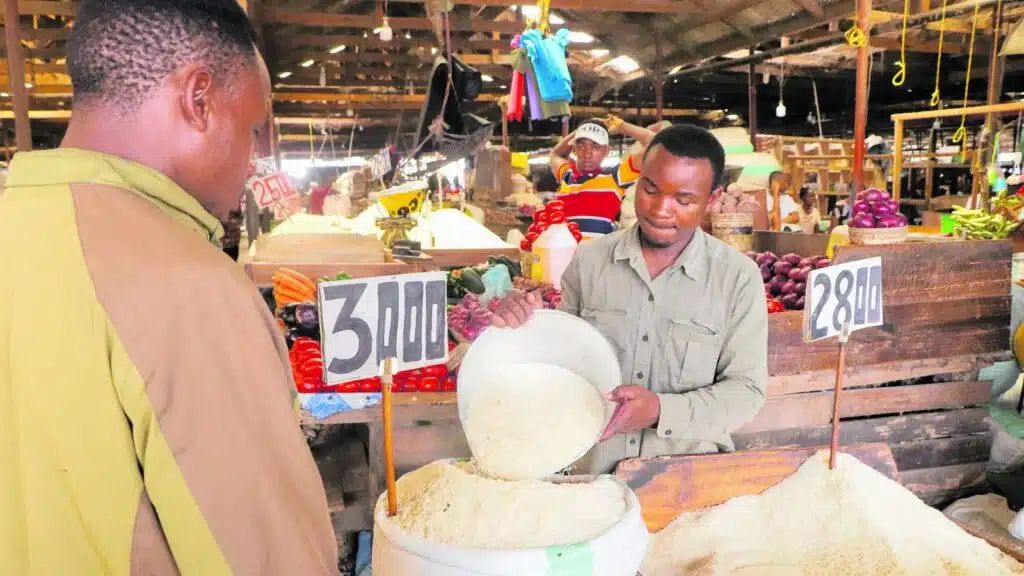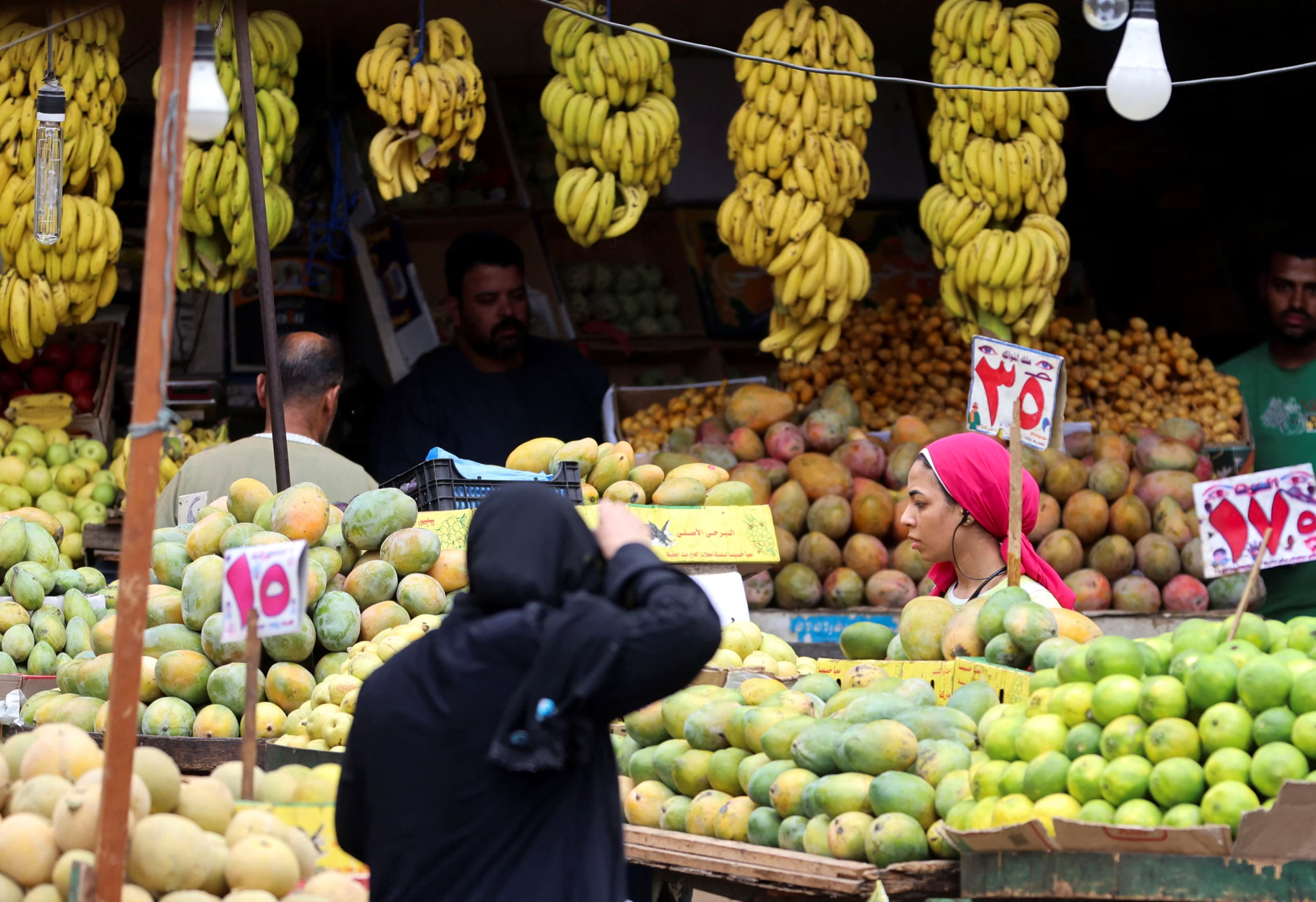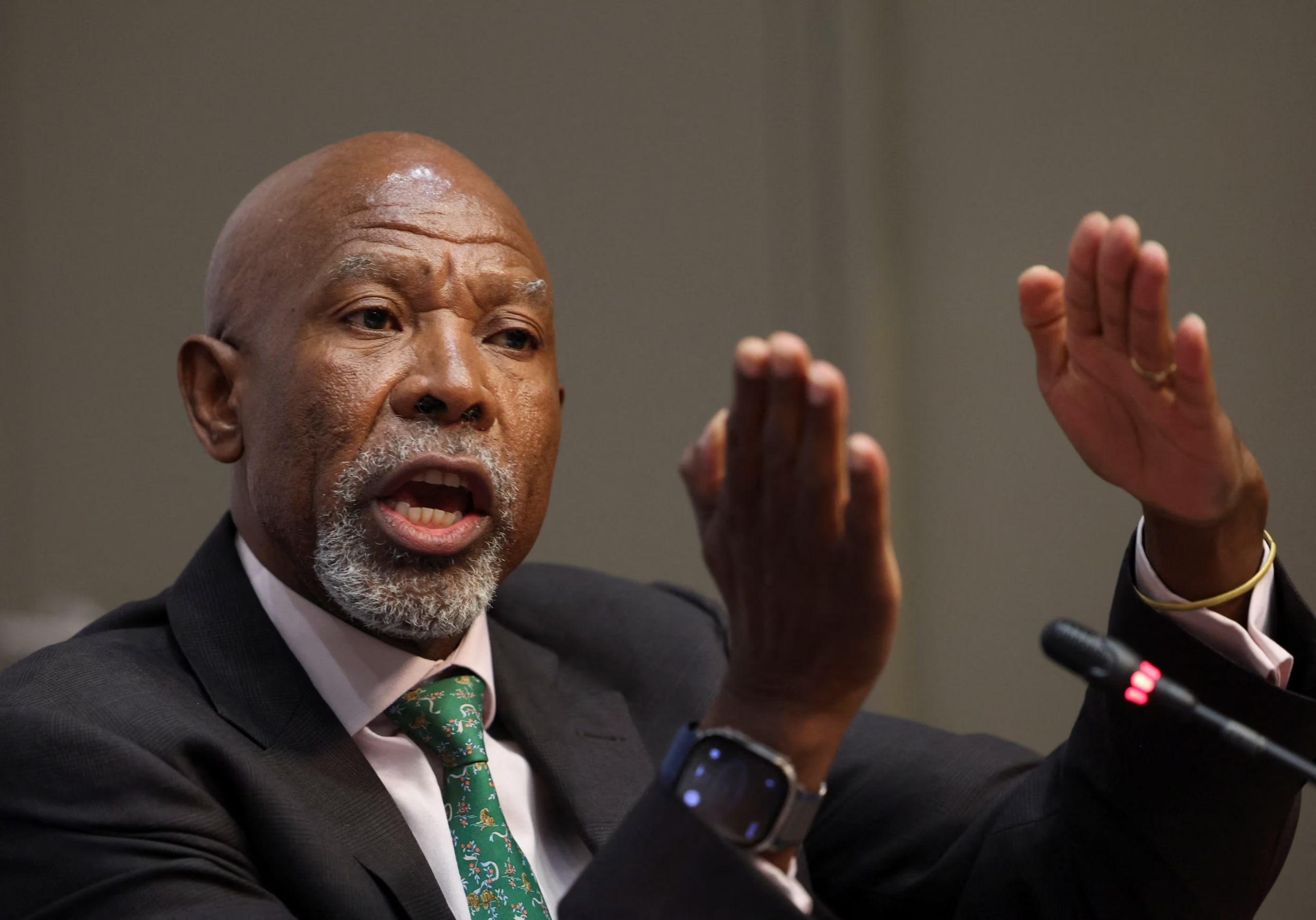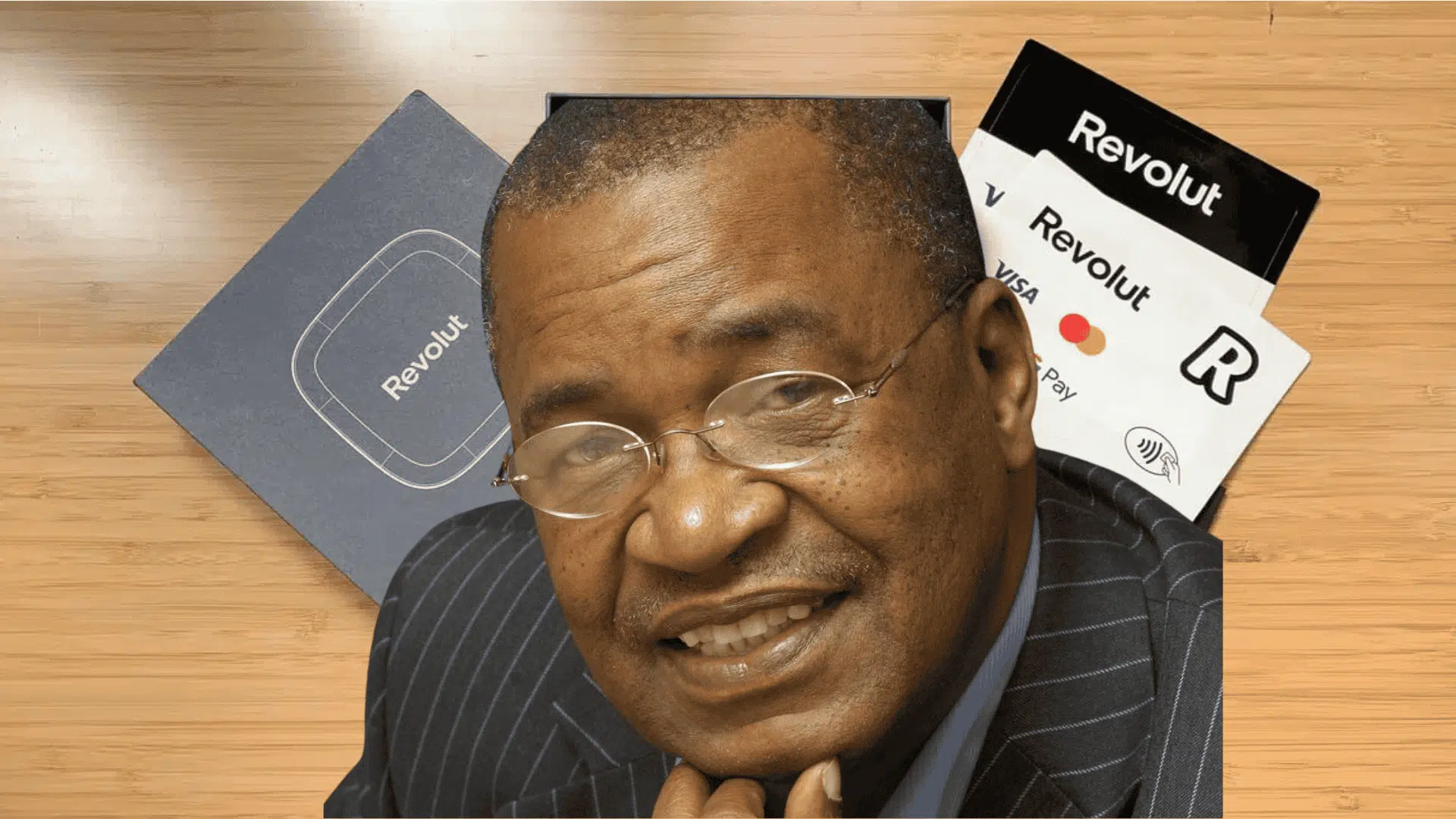The Democratic Republic of Congo (DRC) will lift its eight-month suspension on cobalt exports on October 15, 2025, introducing a stricter quota system designed to strengthen oversight of the world’s top cobalt producer.
In a statement seen by Reuters over the weekend, the country’s Strategic Mineral Substances Market Regulation and Control Authority (ARECOMS) warned that export quotas will be revoked from companies that fail to meet volume targets, breach environmental or tax rules, or transfer allocations to third parties.
The new system takes effect on October 16.
The suspension, imposed in February 2025, followed a sharp drop in global cobalt prices and an oversupplied market. By restricting exports, the government sought to reverse the trends amid rising fiscal pressures.
Under the new quota framework, allocations for the fourth quarter of 2025 are based on producers’ export volumes between 2022 and 2024, signalling Congo’s most aggressive effort yet to control a metal critical to electric vehicle batteries.
ARECOMS stressed that firms must prepay mining royalties according to monthly quotas and prevailing cobalt prices before loading shipments. Any unused allocation from January 1, 2026, will be forfeited and added to a 9,600-tonne strategic reserve for “projects of national importance.”
Top producers secure bulk of allocations
China’s CMOC, the world’s largest cobalt producer, and Glencore, the second-largest, emerged as the primary beneficiaries under the new system, securing 6,500 and 3,925 tonnes respectively for the fourth quarter.
CMOC’s allocation combines 4,250 tonnes from the Kisanfu mine and 2,250 tonnes from Tenke Fungurume. Despite maintaining production during the ban, the company’s quota notably represents only around 10% of its first-half output of 61,073 tonnes even as it targets output of up to 120,000 tonnes before the end of the year.
Other fourth-quarter allocations were distributed among Eurasian Resources Group (2,125 tonnes), Congolese Gecamines JV, Entreprise Générale du Cobalt (EGC), Société du Terril de Lubumbashi (STL), Deziwa JV, Ruashi Mining, Chemaf, CDM (Huayou), Musonoi JV, and several smaller operators.
Twenty-one operators in total received quotas, with the top five accounting for 80% of the period’s allocations. December quotas will automatically roll over into 2026 for compliant firms.
ARECOMS stressed that companies processing third-party or artisanal cobalt—except for state-backed EGC and STL—could see their quotas revoked if they fail to comply.
Ahead of the system’s implementation, cobalt prices have more than doubled, trading at $42,725 per tonne on October 12 on the London Metal Exchange, compared with $21,000 per tonne in late February.
Analysts warn that the strict “use-it-or-lose-it” framework could create volatility in global electric vehicle supply chains if major producers fail to meet requirements.

